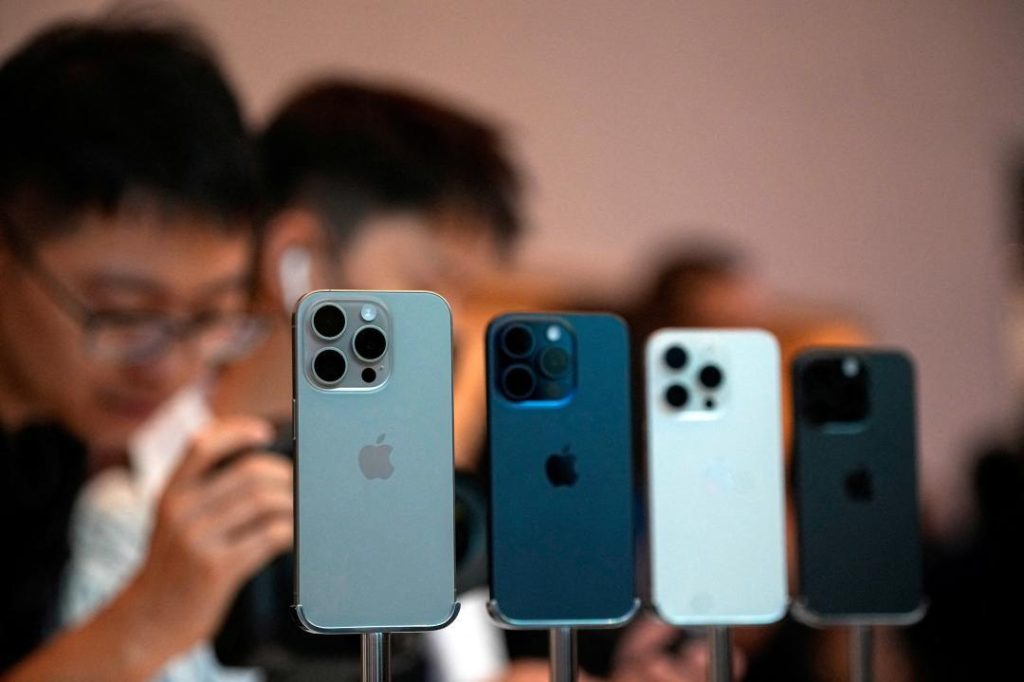
How Much Does it Cost to Make an iPhone & How May it Change Due to US Tariffs?
The iPhone, one of the most popular and iconic smartphones in the world, is a marvel of engineering and technology. But have you ever wondered how much it actually costs Apple to manufacture one of these sleek devices? The answer might surprise you. According to a recent article by Moneycontrol, Apple spends a staggering $580 to make a 256GB iPhone 16 Pro. This cost includes a significant amount for various components, such as the A18 Pro chip, rear camera systems, and display. But what happens when these tariffs imposed by the US government are taken into account? In this blog post, we’ll delve into the cost of making an iPhone and explore how US tariffs could impact the manufacturing cost.
The Breakdown of iPhone 16 Pro’s Manufacturing Cost
To understand the manufacturing cost of an iPhone, we need to look at the various components that go into making it. Here’s a breakdown of the cost of the 256GB iPhone 16 Pro:
- A18 Pro chip: $90.85
- Rear camera systems: $126.95
- Display: $37.97
- Other components, such as batteries, storage, and casing: $325.23
These costs add up to a total of $580, which is the manufacturing cost of the iPhone 16 Pro. This cost does not include research and development, marketing, and distribution expenses, which are significant.
How US Tariffs Could Impact iPhone Manufacturing Cost
As mentioned earlier, many iPhones are assembled in China, which is a major beneficiary of the US-China trade agreement. However, the US government has imposed tariffs of 54% on Chinese imports, including electronics. This means that if Apple were to import the components for the iPhone 16 Pro from China, it would be subject to these tariffs.
To calculate the impact of US tariffs on the manufacturing cost of the iPhone 16 Pro, we need to multiply the total manufacturing cost by the tariff rate. This would result in an additional $313.80, bringing the total manufacturing cost to $847.
The Impact of US Tariffs on iPhone Pricing
So, what does this mean for iPhone pricing? If the manufacturing cost of the iPhone 16 Pro increases by $267 (from $580 to $847), it’s likely that Apple would need to increase the price of the device to maintain its profit margins. This could result in a higher price for consumers, making the iPhone 16 Pro less competitive in the market.
Conclusion
In conclusion, the cost of making an iPhone is a complex and intricate process that involves various components and manufacturing processes. The cost of the iPhone 16 Pro is $580, which includes significant amounts for the A18 Pro chip, rear camera systems, and display. However, with US tariffs imposed on Chinese imports, the manufacturing cost could increase by as much as 54%, making the iPhone 16 Pro more expensive for consumers.
As the global smartphone market becomes increasingly competitive, it’s crucial for Apple to find ways to mitigate the impact of tariffs on its manufacturing cost. One possible solution could be to diversify its manufacturing operations to countries with lower tariffs or to negotiate with the US government to reduce the tariff rate.






